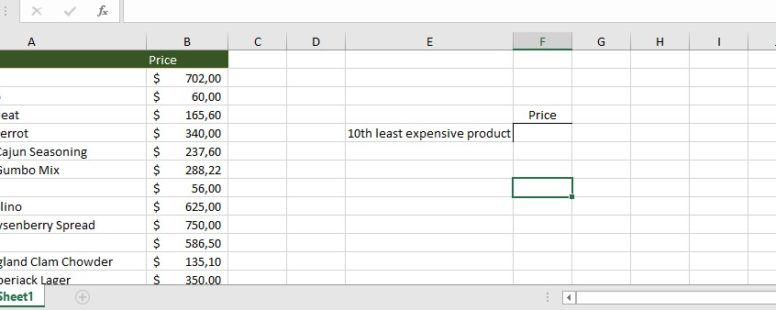The MATCH Function
The MATCH function searches for a specified item in a range of cells, and then returns the relative position of that item in the range .
The MATCH function searches for a specified item in a range of cells, and then returns the relative position of that item in the range .
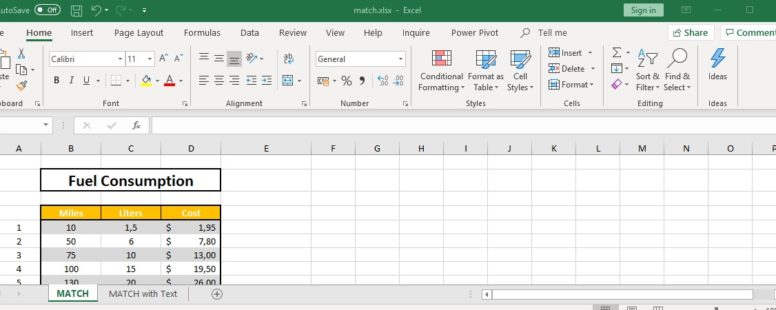
The INDEX function returns a value or the reference to a value from within a table or range.
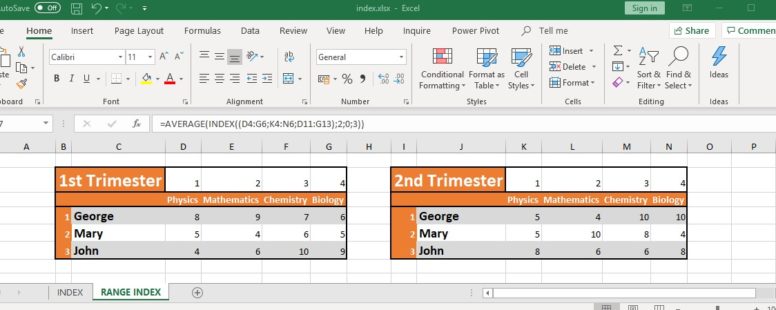
The CHOOSE function returns a value from an array of values, that corresponds to a specific position in that array.
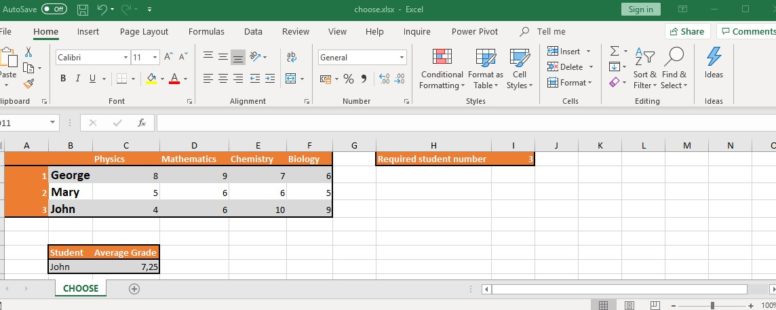
The SUMIFS function adds the cells that meet all its multiple criteria. Even though its logical elements, it is part of the Mathematical functions of Excel.
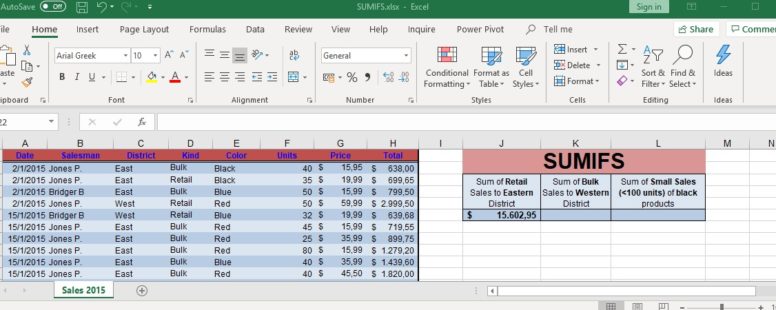
The COUNTIFS function counts the number of times certain criterias are met. Even though its logical elements, it is part of the Statistical functions of Excel.
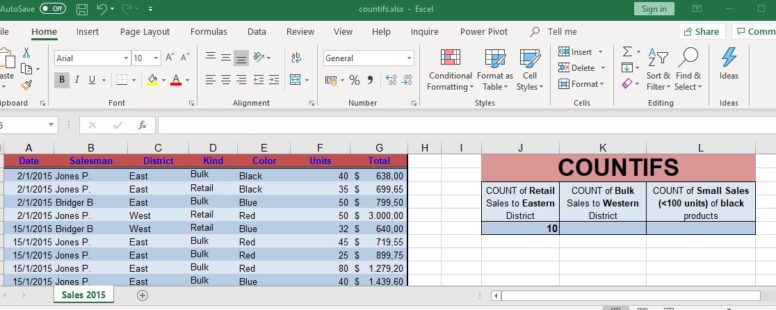
The AVERAGEIFS function returns the arithmetic mean (average) of all the cells that meet all its multiple criteria. Even though its logical elements, it is part of the Statistical functions of Excel.
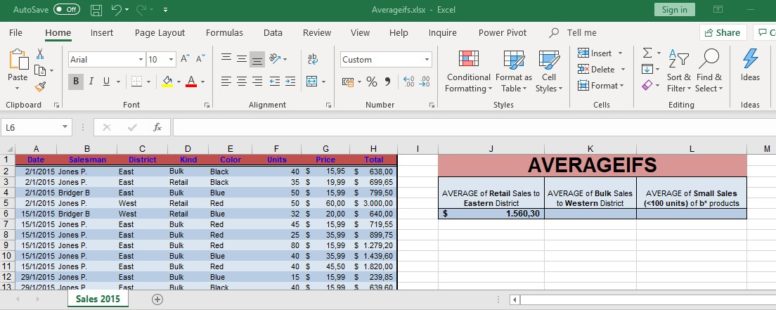
The TRANSPOSE function transposes (rotates) a range of cells.
We can transpose our data by using the relevant Paste Special option also but it will create duplicate data.
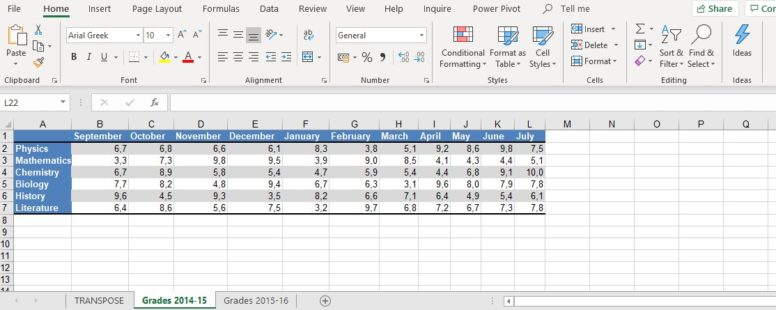
The MAX functions returns the largest number in a set of values.
If you need to get the second or third or n-th largest number in a set of values then you should use the LARGE function.
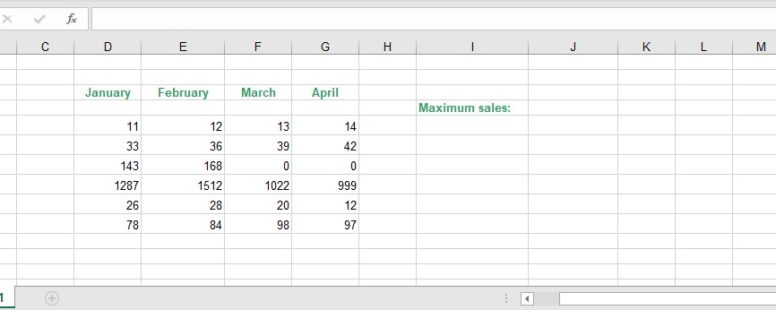
The MIN functions returns the smallest number in a set of values.
If you need to get the second or third or n-th smallest number in a set of values then you should use the SMALL function.
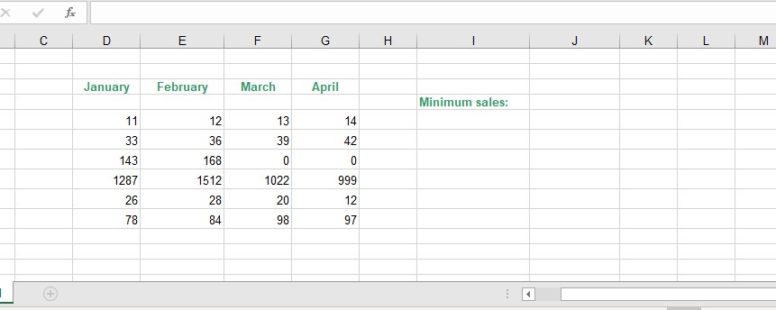
In statistics the MIN function is not enough. The need to calculate, for example, the third smallest value of a range of cells, is very common.
This is what the SMALL function calculates. It returns the n-th smallest value from an array of numeric values.
